Mouse IL-4 ELISA Kit
$299.00 – $419.00
ELISA Kit Detail Information
| Related Target | |
|---|---|
| Species | mouse |
| Sample Type | Serum, plasma, cell culture supernatant, and other biological samples |
| Sample Volume | Serum, plasma: 20 μL, cell culture supernatant: 100 μL |
| Sensitivity | 0.34 pg/mL |
| Array Range | 7.81 pg/mL – 500 pg/mL |
| Assay Time | 3.5 h |
| Recovery | 93% – 106% |
| Average Recovery | 100% |
| Intra Precision | 3.5% – 6.6% |
| Inter Precision | 6.8% – 8.3% |
| Plate | Detachable 96-well plate |
| Storage | If the reagent kit is unopened, it should be stored at 4℃. However, if it has been opened, the standard solution should be stored at -20℃, while the other components should be stored at 4℃. |
| Delivery | 4℃ blue ice transportation |
| Components | 96-well polystyrene enzyme-linked immunosorbent assay (ELISA) plate coated with anti- IL-4 monoclonal antibody Mouse IL-4 freeze-dried standard IL-4 detect Antibody Standard Diluent HRP-labeled streptavidin Assay Buffer(10×) Substrate TMB Stop Solution Washing Buffer(20×) |
| Assay Principle | This kit utilizes the double antibody sandwich enzyme-linked immunosorbent assay (ELISA) detection technique.Specific anti-mouse IL-4 antibodies are precoated on a high-affinity ELISA plate. Standard samples, test samples, and biotinylated detection antibodies are added to the wells of the ELISA plate. After incubation, IL-4 present in the samples binds to the solid-phase antibodies and the detection antibodies. After washing to remove unbound substances, streptavidin-HRP labeled with horseradish peroxidase is added. After washing, a colorimetric substrate, TMB, is added and the plate is incubated in the dark for color development. The intensity of the color reaction is directly proportional to the concentration of IL-4 in the samples.A stop solution is added to terminate the reaction, and the absorbance value is measured at a wavelength of 450 nm (with a reference wavelength range of 570-630 nm). |
Related Targets
IL4
IL4 Target Infomation Overview
- Target Symbol: IL4, interleukin 4
- Gene Groups: Interleukins
- Alias: BSF1; IL-4; BCGF1; BCGF-1; MGC79402
- Alias Names: B_cell stimulatory factor 1; lymphocyte stimulatory factor 1; B cell growth factor 1
IL4, interleukin 4 Target Infomation by Species
- Human
- Mouse
- Rat
Human IL4 Target Information
- Target Symbol: IL4, interleukin 4
- Alias:
- B cell growth factor 1
- B_cell stimulatory factor 1
- B-cell stimulatory factor 1
- BCGF-1
- BCGF1
- binetrakin
- BSF-1
- BSF1
- IL-4
- interleukin 4 variant 2
- interleukin-4
- lymphocyte stimulatory factor 1
- MGC79402
- pitrakinra
- NCBI_Gene: 3565
- UniProtKB: P05112
Human IL4 Predicted Functions
Predicted to enable cytokine activity. Involved in several processes, including negative regulation of cellular response to transforming growth factor beta stimulus; negative regulation of complement-dependent cytotoxicity; and positive regulation of macromolecule metabolic process. Acts upstream of or within positive regulation of cell migration and positive regulation of cell population proliferation. Predicted to be located in external side of plasma membrane. Predicted to be active in extracellular space. Implicated in several diseases, including asthma (multiple); autoimmune disease (multiple); hepatitis B; hepatitis C; and pancreatic cancer (multiple). Biomarker of several diseases, including allergic rhinitis; alopecia universalis; anogenital venereal wart; autoimmune disease (multiple); and liver disease (multiple).
Mouse Il4 Target Information
- Target Symbol: Il4, interleukin 4
- Alias:
- Il-4
- NCBI_Gene: 16189
Mouse Il4 Predicted Functions
Enables cytokine activity. Involved in several processes, including innate immune response in mucosa; negative regulation of white fat cell proliferation; and regulation of gene expression. Acts upstream of or within several processes, including T-helper cell differentiation; positive regulation of macromolecule metabolic process; and regulation of leukocyte activation. Located in external side of plasma membrane and extracellular space. Is expressed in several structures, including brain; colon; hemolymphoid system; liver; and placenta. Used to study Sjogren’s syndrome; atopic dermatitis; and type 1 diabetes mellitus. Human ortholog(s) of this gene implicated in several diseases, including asthma (multiple); autoimmune disease (multiple); hepatitis B; hepatitis C; and pancreatic cancer (multiple). Orthologous to human IL4 (interleukin 4).
Rat Il4 Target Information
- Target Symbol: Il4, interleukin 4
- Alias:
- B-cell growth factor 1
- B-cell IGG differentiation factor
- B-cell stimulatory factor 1
- BSF-1
- IL-4
- Il4e12
- interleukin-4
- lymphocyte stimulatory factor 1
- NCBI_Gene: 287287
Rat Il4 Predicted Functions
Predicted to enable cytokine activity. Involved in several processes, including positive regulation of biosynthetic process; positive regulation of leukocyte migration; and regulation of defense response. Located in extracellular space. Used to study anti-basement membrane glomerulonephritis; autoimmune thyroiditis; and pelvic inflammatory disease. Biomarker of several diseases, including cerebrovascular disease (multiple); interstitial lung disease (multiple); irritant dermatitis; primary biliary cholangitis; and rhinitis (multiple). Human ortholog(s) of this gene implicated in several diseases, including asthma (multiple); autoimmune disease (multiple); hepatitis B; hepatitis C; and pancreatic cancer (multiple). Orthologous to human IL4 (interleukin 4).

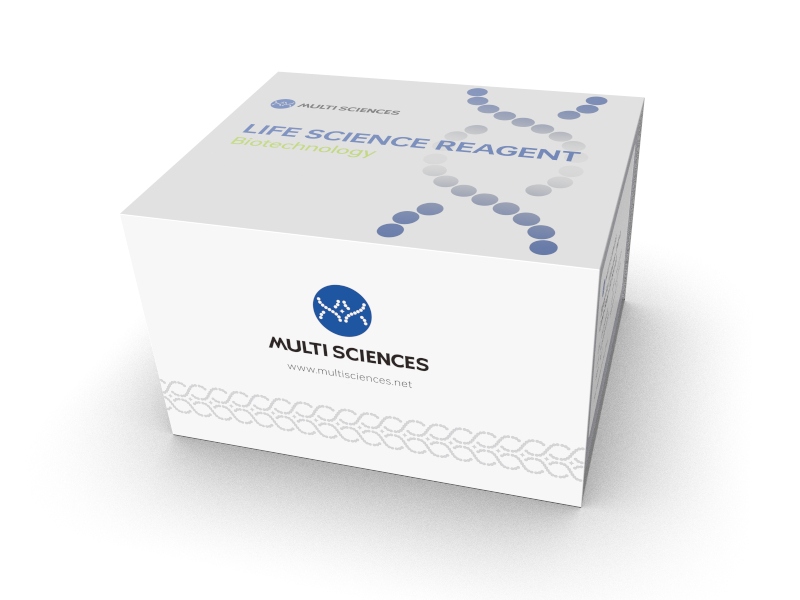
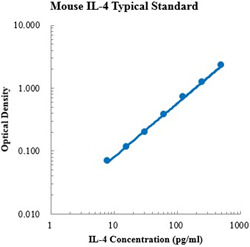
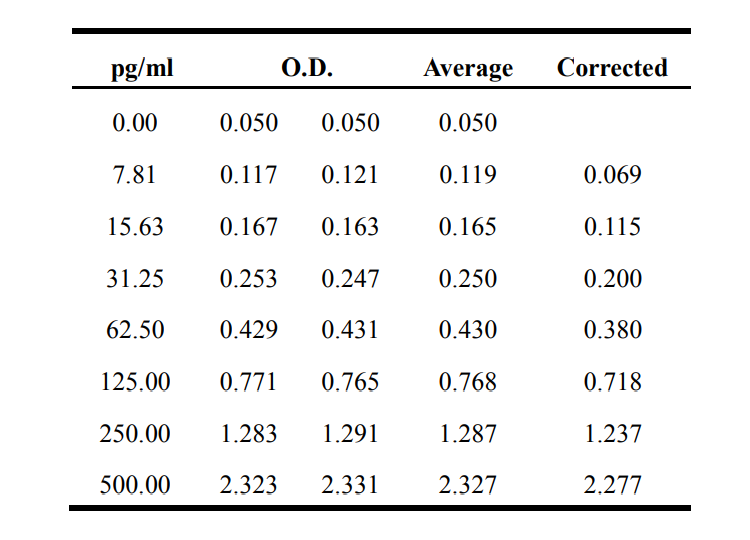
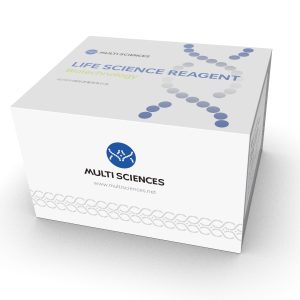

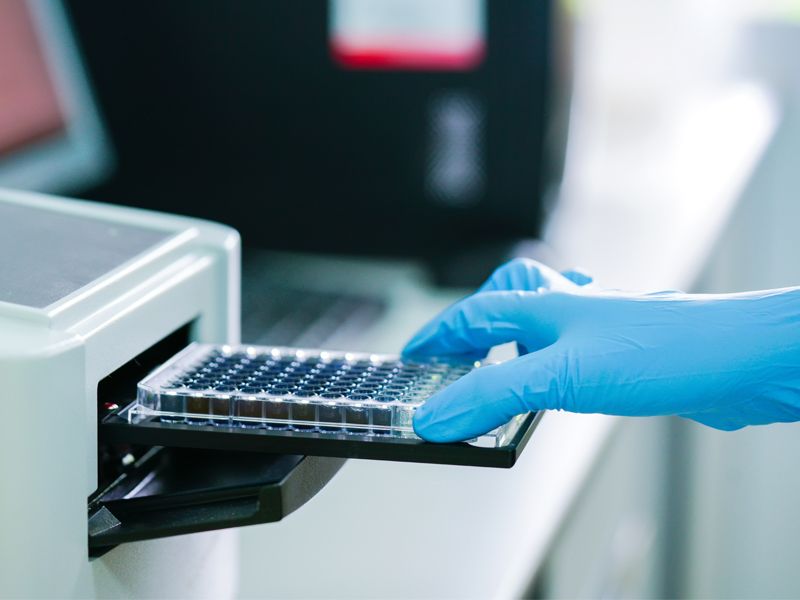
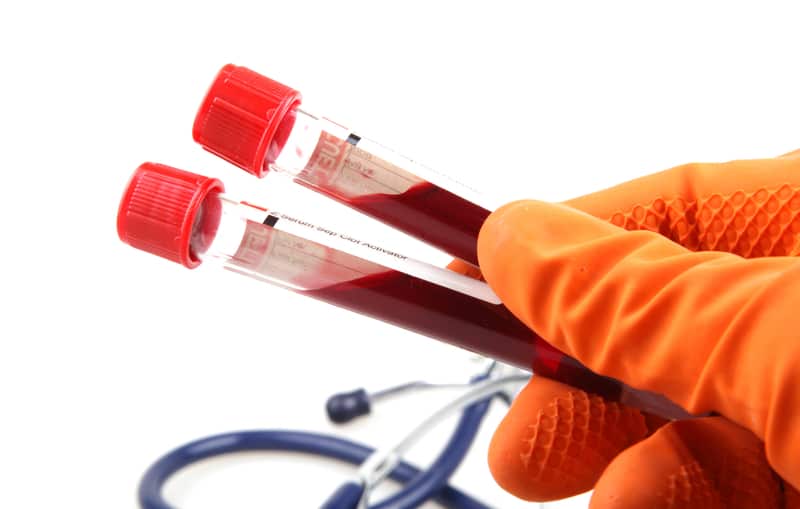
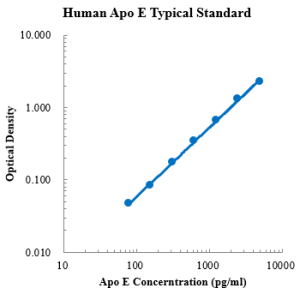
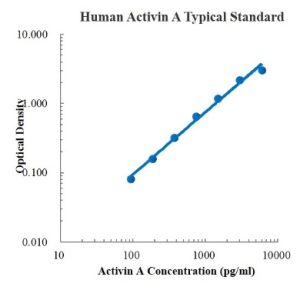
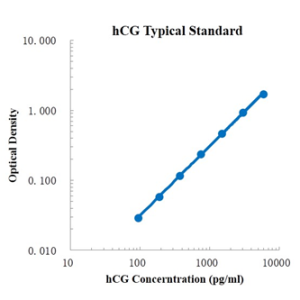
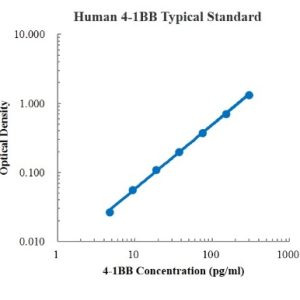
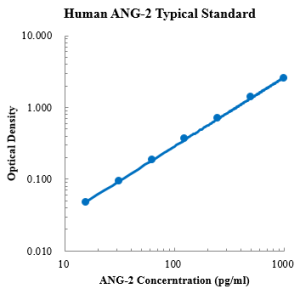
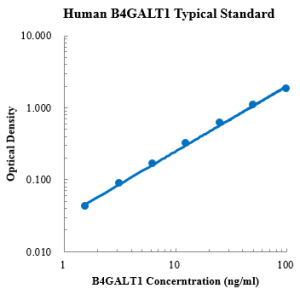
Reviews
There are no reviews yet.